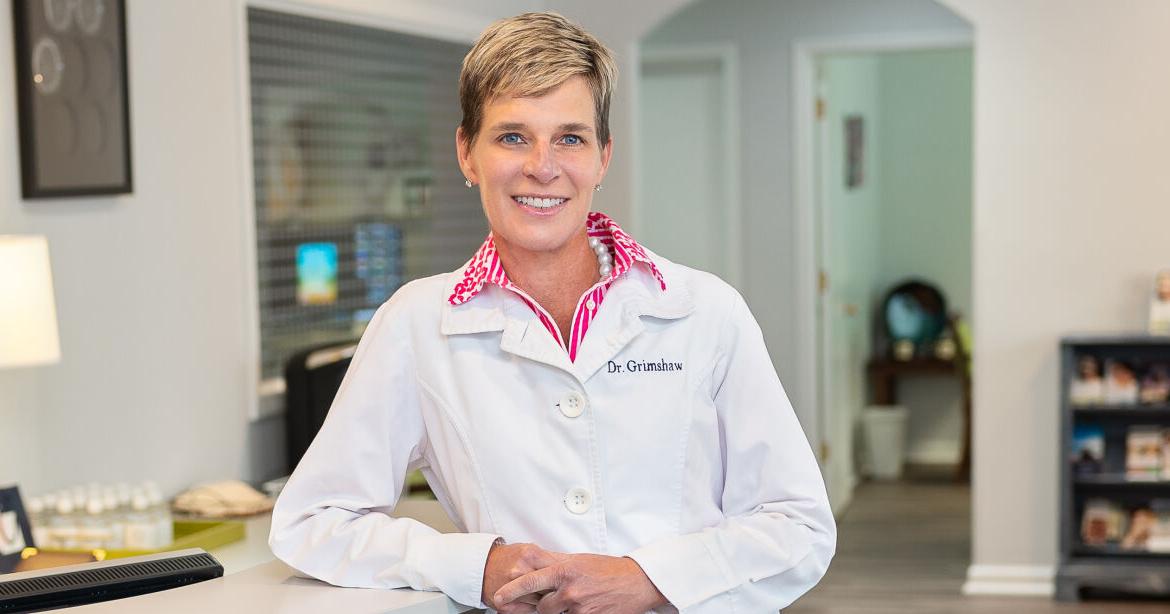
The majority of those with obstructive sleep apnea (OSA) are undiagnosed or under-diagnosed and live with symptoms that they don’t understand and can’t seem to shake. Knowing the signs is important, but since sleep apnea can develop at any age, knowing who is at risk is important, too.
Untreated sleep apnea can lead to things like heart disease and stroke as well as depression, anxiety, workplace and driving accidents, and an overall sense of living each day just to survive.
When you find effective treatment, your outlook on life will improve. You’ll have the energy to take care of your responsibilities, do the things you love, and spend your life thriving.
Men are more likely to have OSA
Men are two to three times more likely to have sleep apnea than women and children. The reason for this is unclear. There are several theories, but the two most prevalent are that the muscles of a man’s upper airway are less toned than a woman’s and that men have larger volumes of soft tissues in their airways compared to women.
Women use their upper airway muscles more frequently during the day, which means that the tissues connected to them are less likely to sag during times of relaxation. Additionally, progesterone impacts the muscles of the upper airway reducing the likelihood of collapse.
While fat volumes in the airways of men and women are similar in percentage, the volume of soft tissues in a man’s airway is more significant than in a woman’s. This could contribute to why men are more likely to have obstructive sleep apnea. With that said, women and children can have obstructive sleep apnea, too.
Aging increases risk
Older men and women are more likely to have sleep apnea than their younger counterparts. Fat tissue in the airway is critical to why age is a risk factor. While older adults tend to have a lower body mass index, their neck circumference is larger, allowing sagging during sleep.
Above 65 years old, the risk of sleep apnea is two times higher than that of middle-aged adults. In women specifically, the risk of sleep apnea increases after menopause.
Excess weight narrows your airway
Being overweight puts you at a higher risk for OSA. Fat deposits in the airway sag and block airflow. But being overweight doesn’t necessarily mean you have sleep apnea. Approximately 40 percent of obese people have sleep apnea, and 70 percent of those who have sleep apnea are obese. These data points show that excess weight increases the likelihood but is not the sole determining factor.
Sometimes, it comes down to genetics.
Genetics plays a role in sleep apnea. Some people are born with smaller airways, large amounts of soft tissue such as a large tongue, or larger tonsils and adenoids. You could also be born with a jaw that lies further back than others which puts you at risk for obstructive sleep apnea. If you have a family history of OSA and are experiencing daytime sleepiness, it wouldn’t hurt to get tested.
Larger tonsils and adenoids that cause sleep apnea are more prevalent in children. If your child is snoring at night, get them tested for sleep apnea and prevent problems down the road.
Smoking irritates your airway
Smoking cigarettes increases your risk of sleep apnea. The smoke and chemicals from cigarettes inflame and narrow your airway. If you started snoring when you began smoking or snore more when you smoke more, you can be sure that the cigarettes irritate your airway and increase your risk of obstruction. Additionally, smoking increases fluid retention in your upper airway. Often, this feels like a cold or allergies, but it’s due to smoking.
Alcohol relaxes your muscle tissues
Those with obstructive sleep apnea are recommended not to drink alcohol near bedtime. While it might help you fall asleep, alcohol relaxes the muscles in your upper airway, making them more likely to collapse. If you’re unaware that you have sleep apnea, you could be aggravating your condition by drinking alcohol. Sleep medications have the same effect.
Are You at Risk of Obstructive Sleep Apnea?
Considering these points, the most likely person with sleep apnea is an overweight man, upwards of age 65, who has a family history of OSA and uses cigarettes and alcohol. However, other people can have sleep apnea, too.
Pay attention to the main symptoms — excessive daytime sleepiness, morning headaches, and loud snoring.
If you experience these and feel you may be at risk for sleep apnea, call Dr. Grimshaw at Kuhn Dental Associates at (910) 692-4450 or visit www.kuhndentist.com to make an appointment online.



